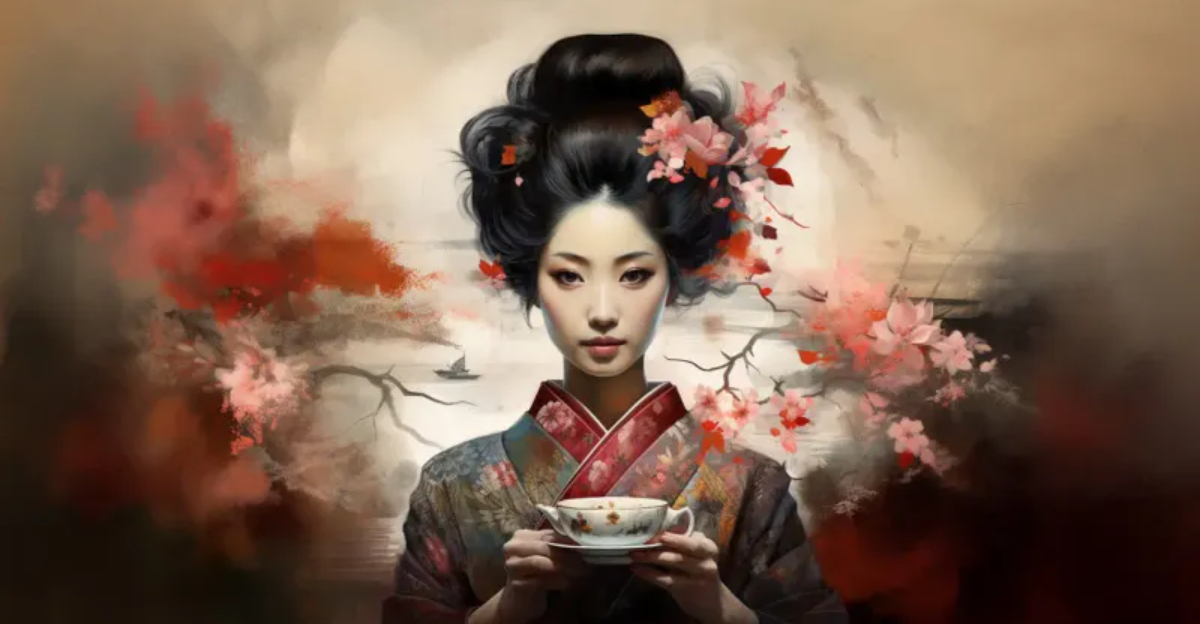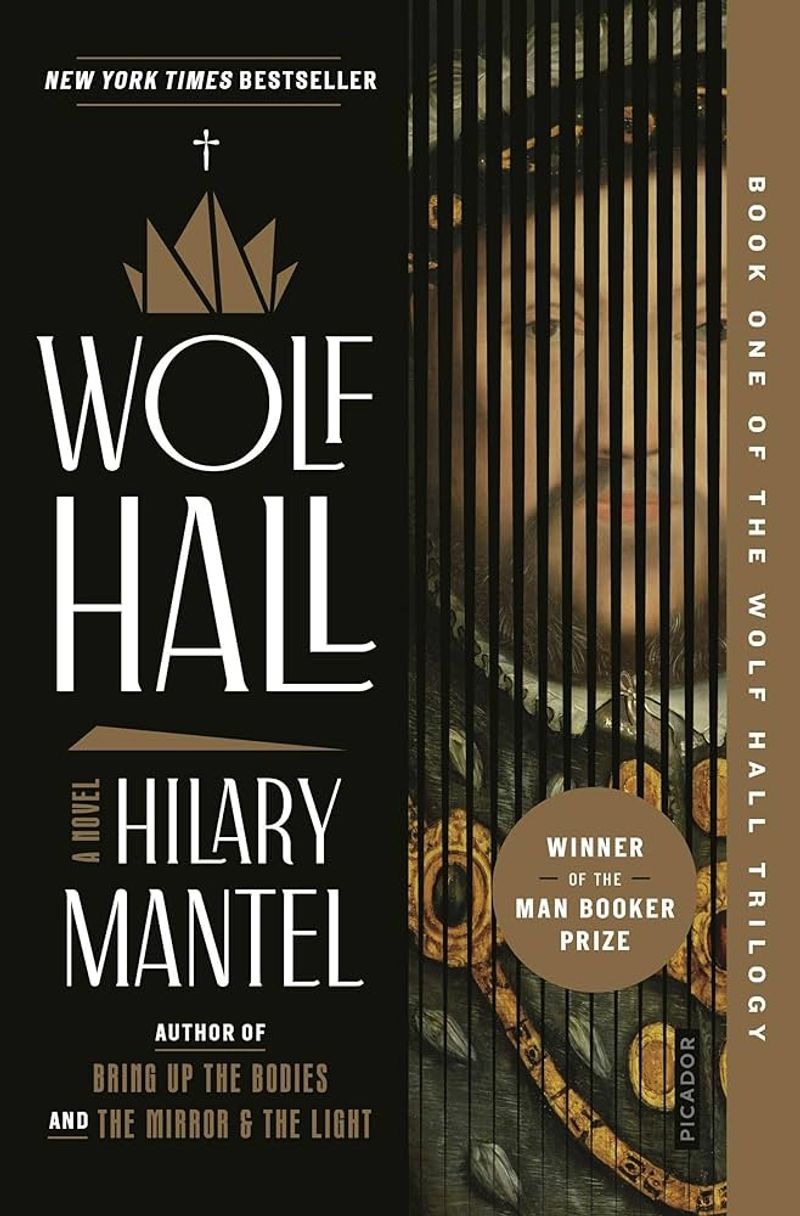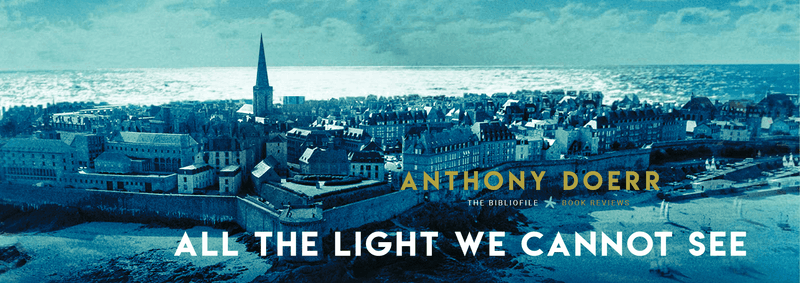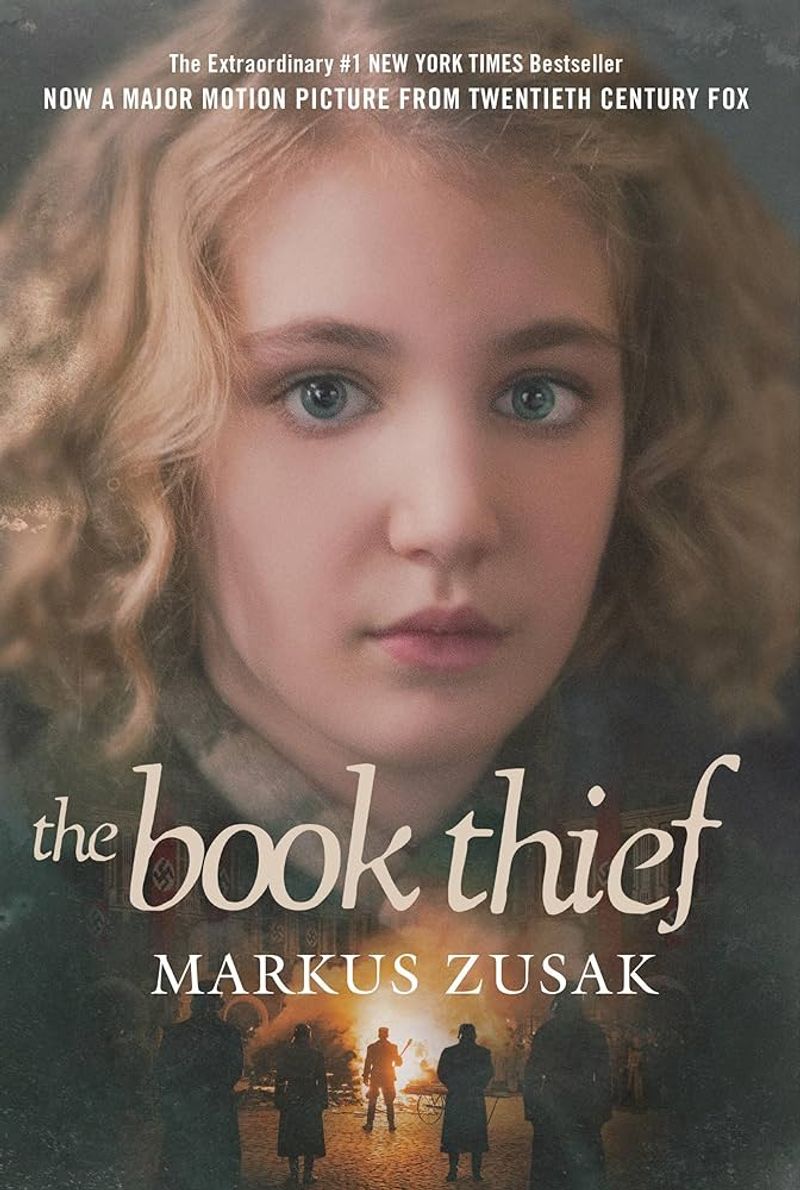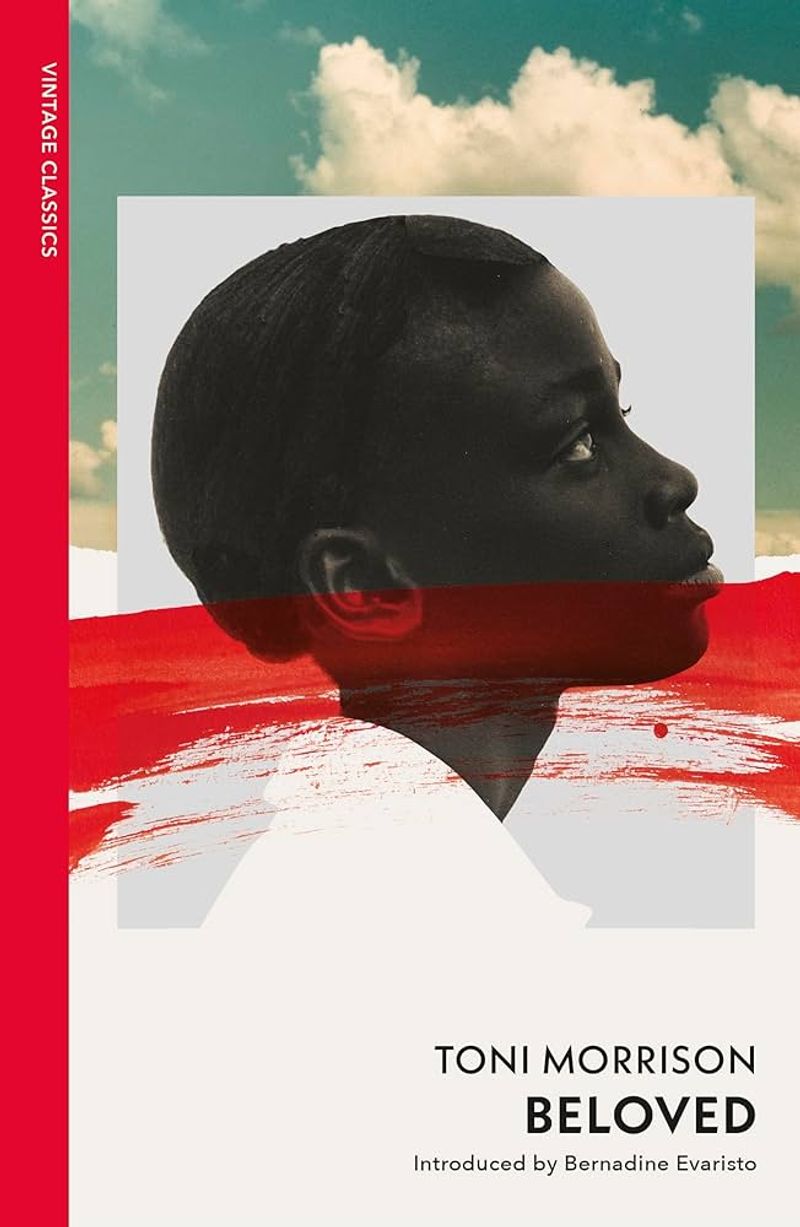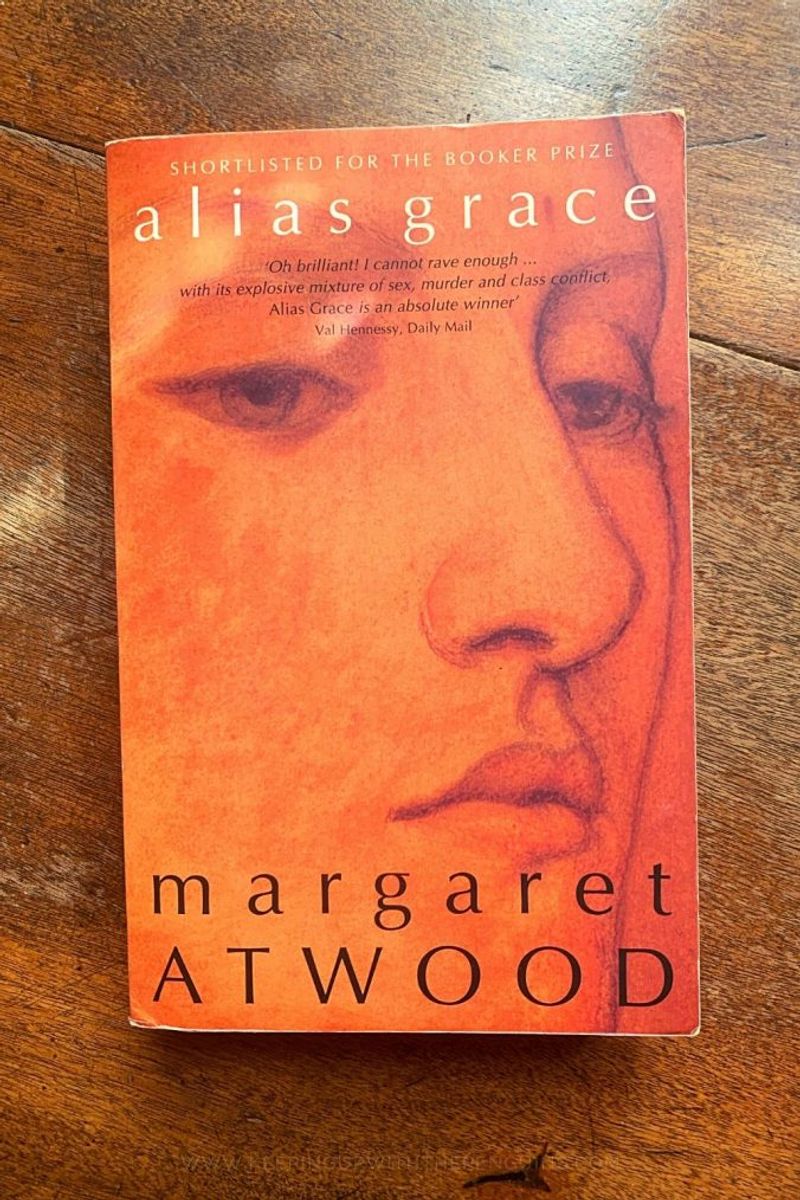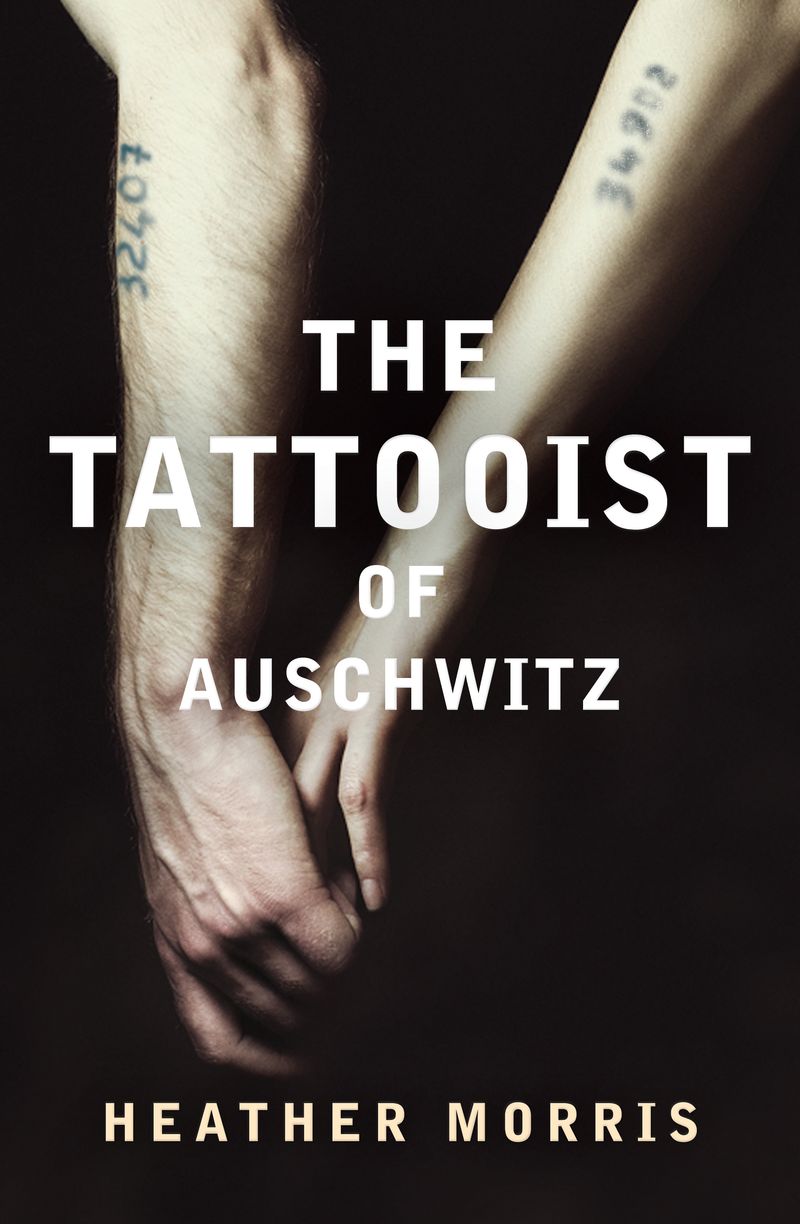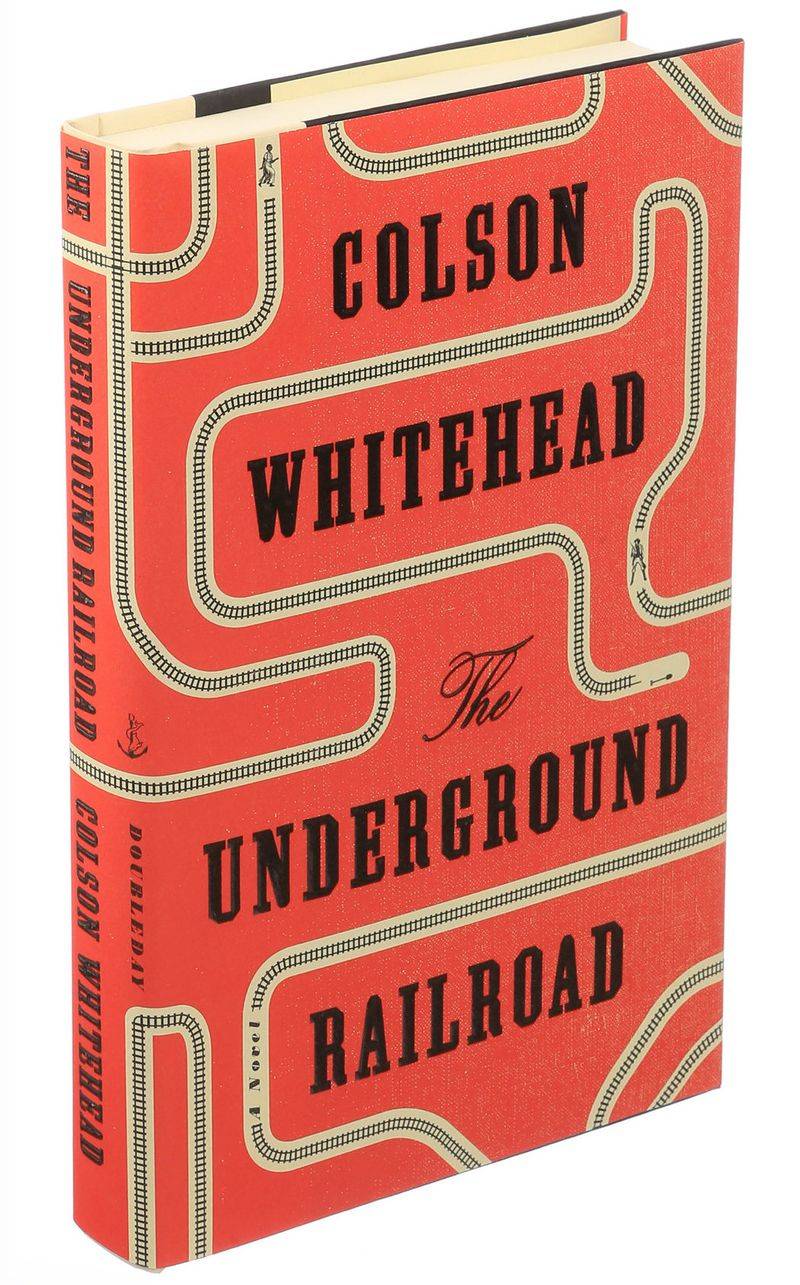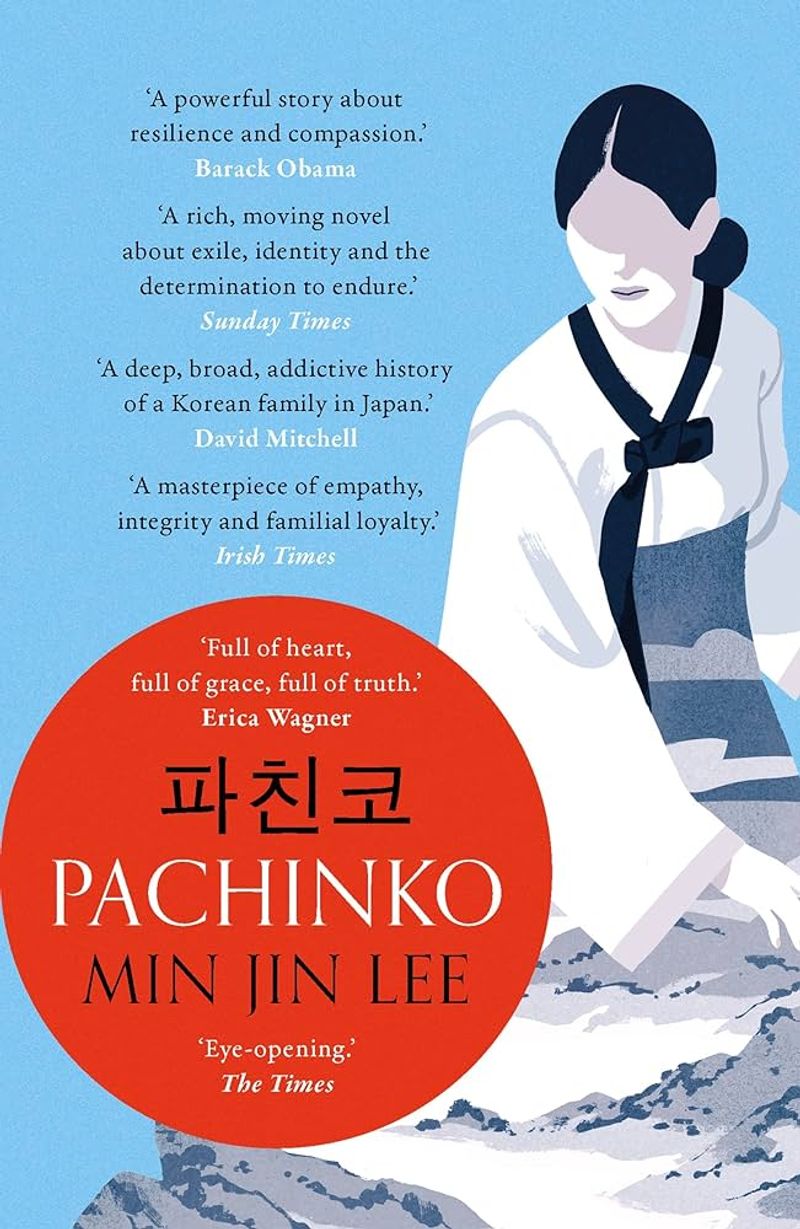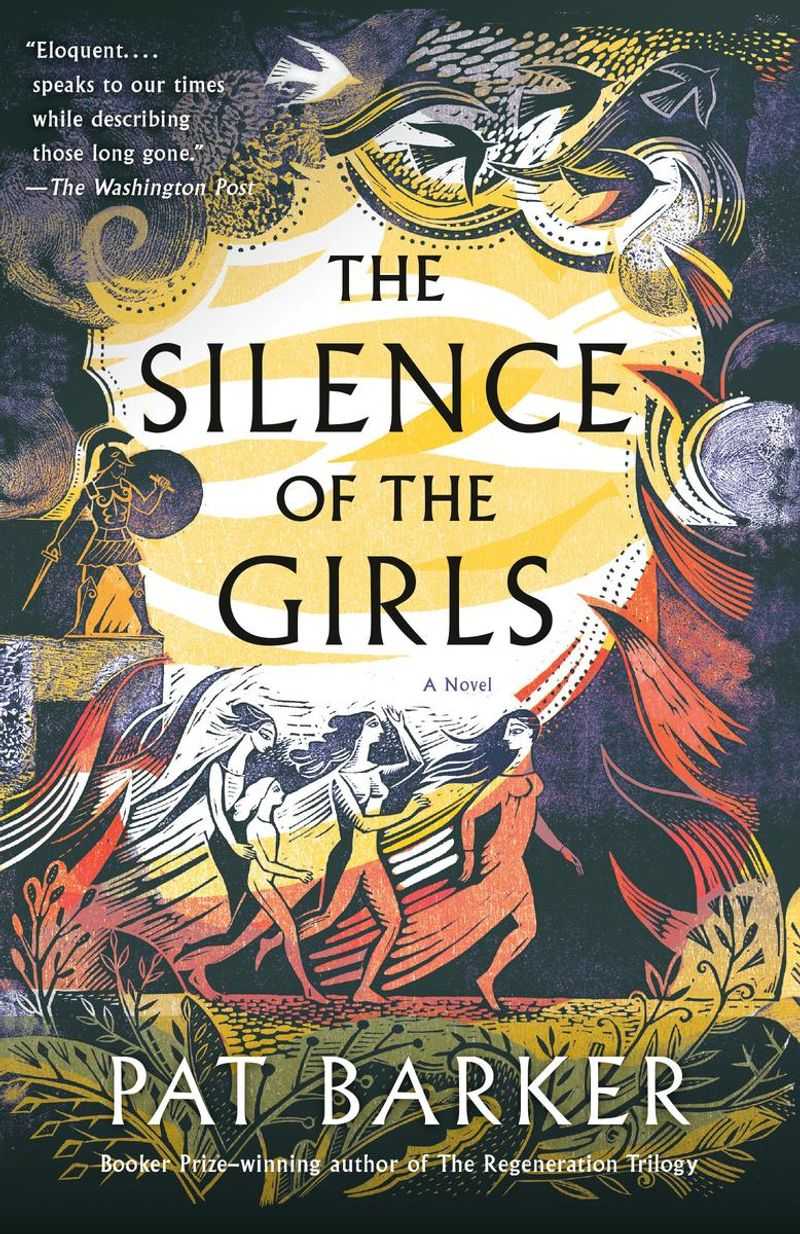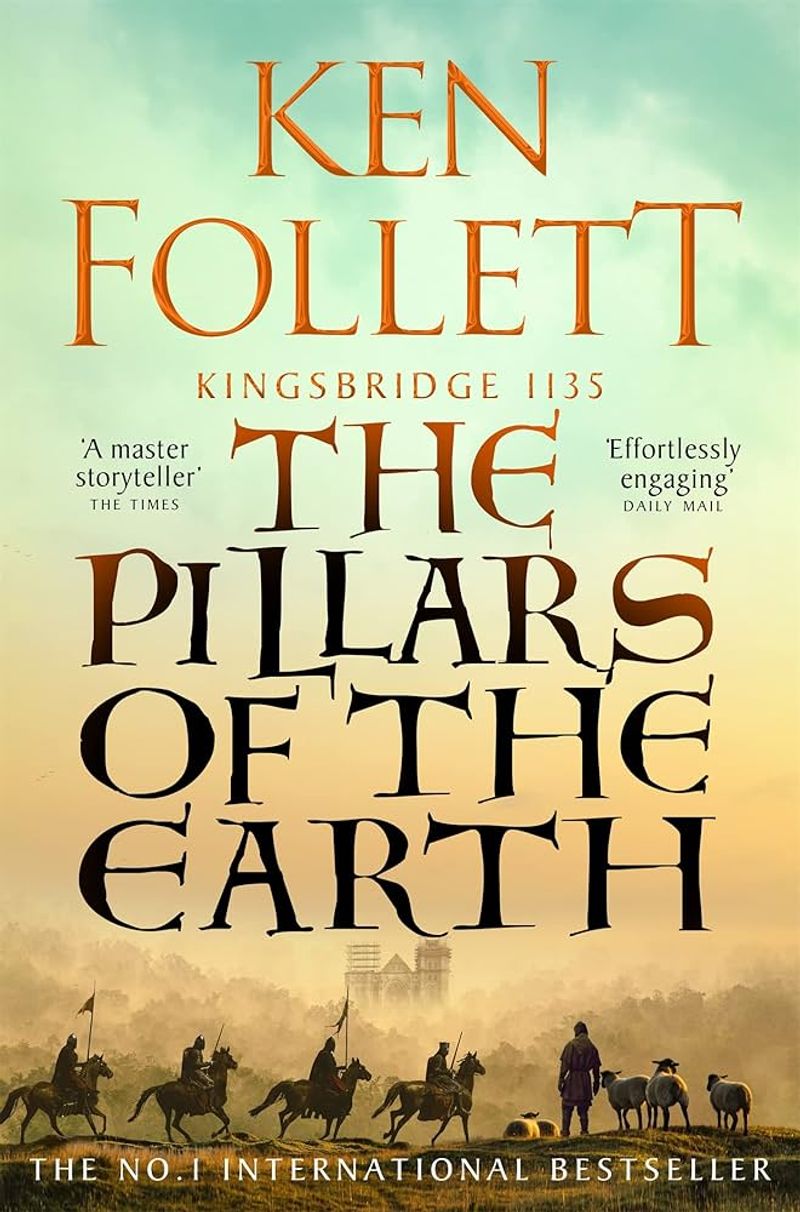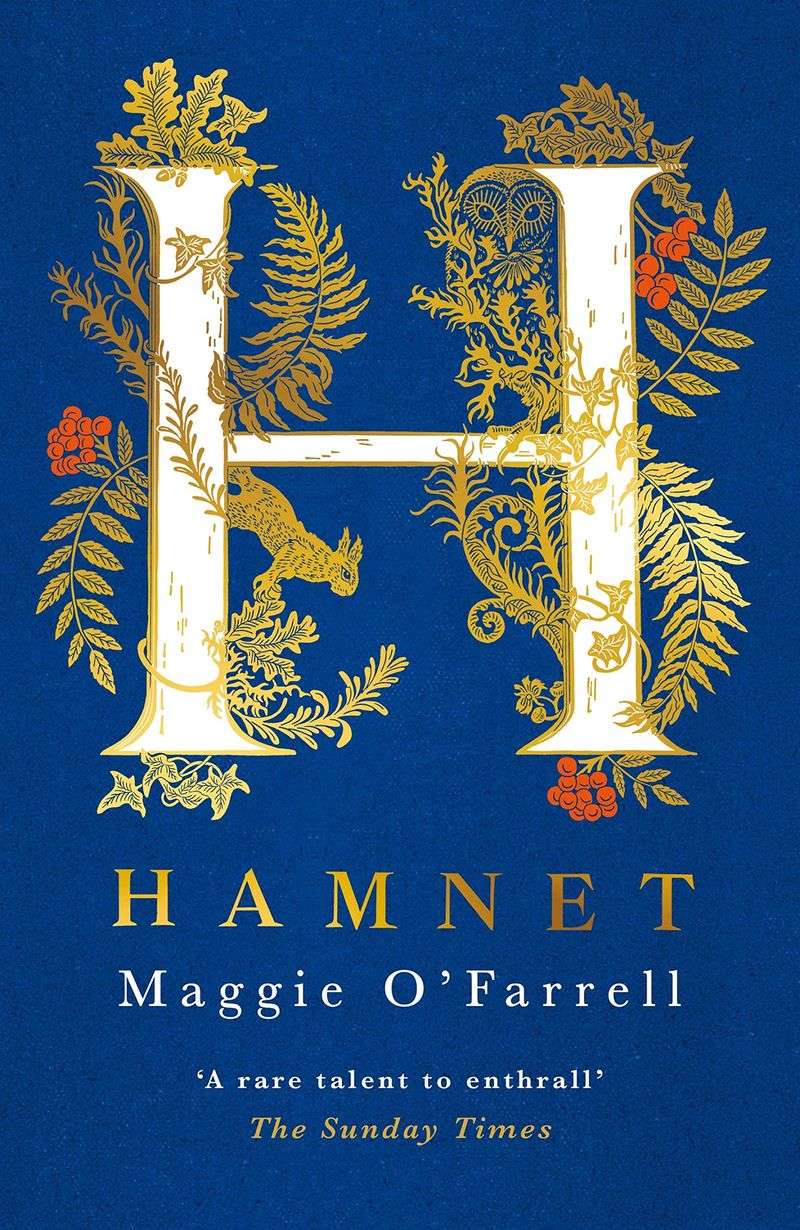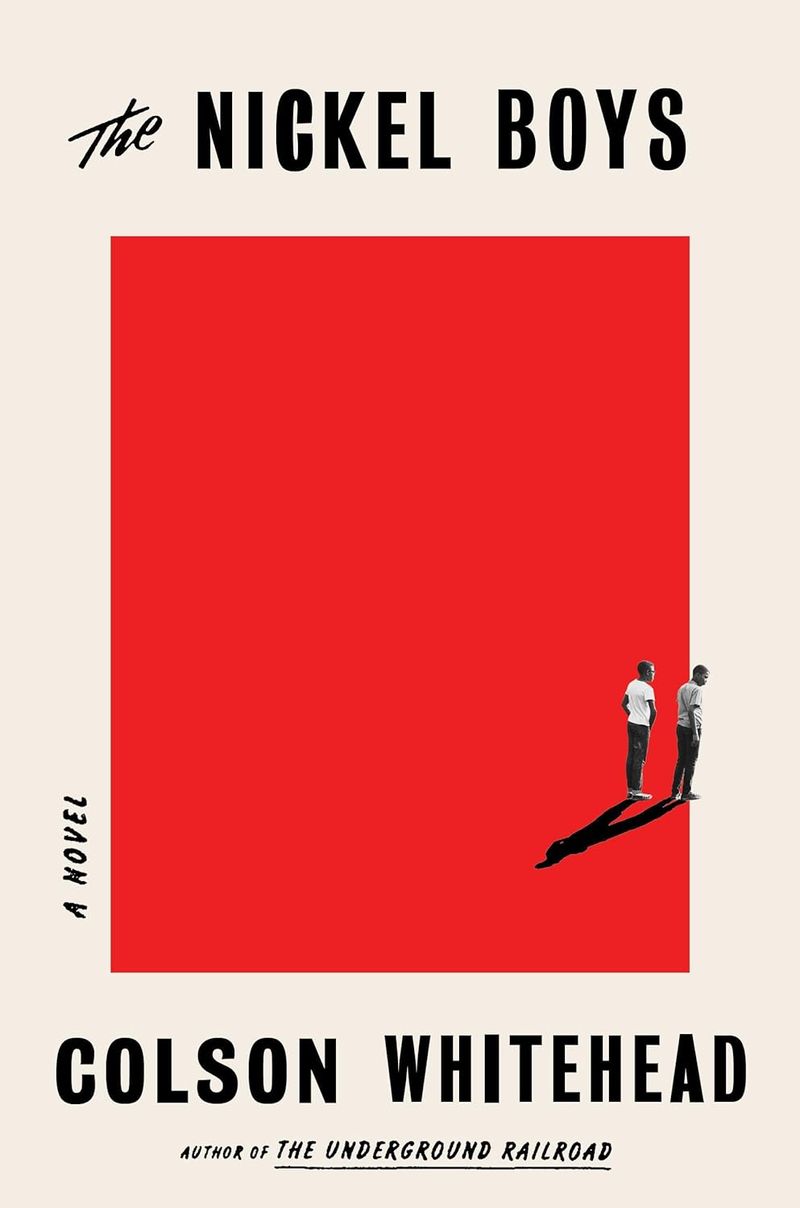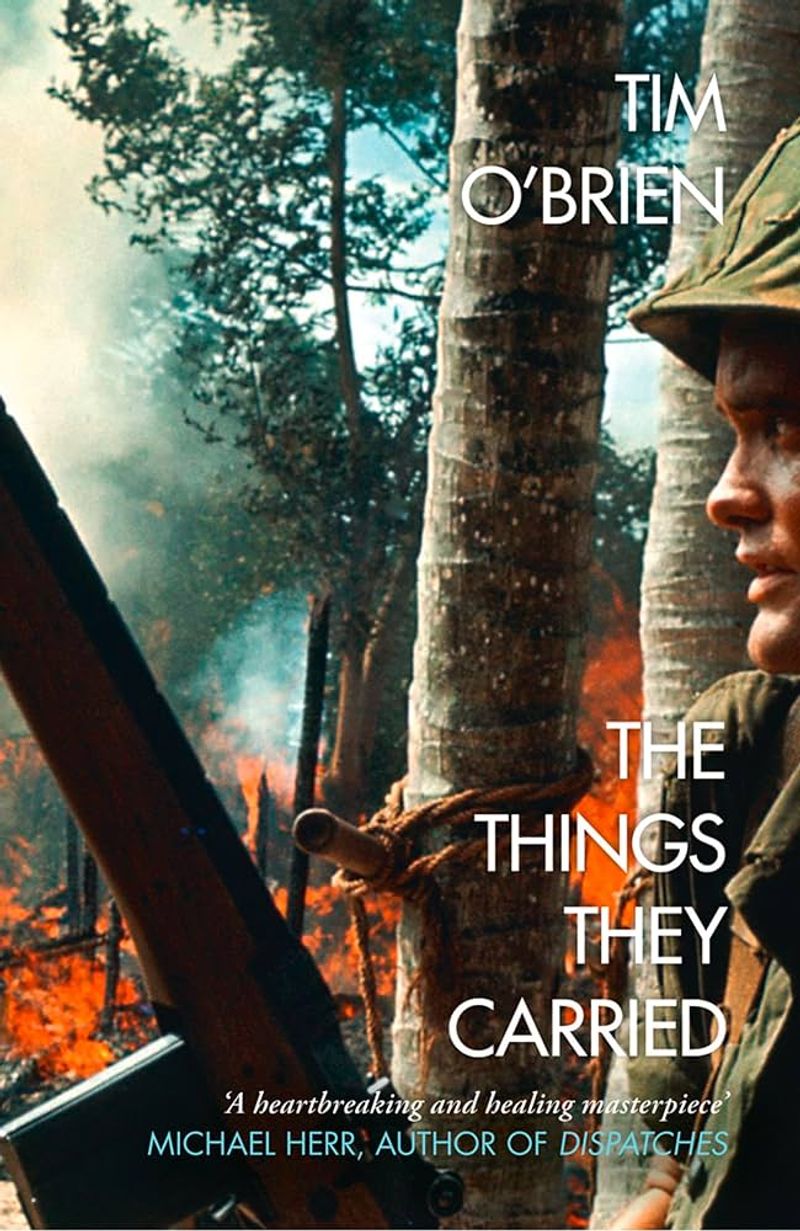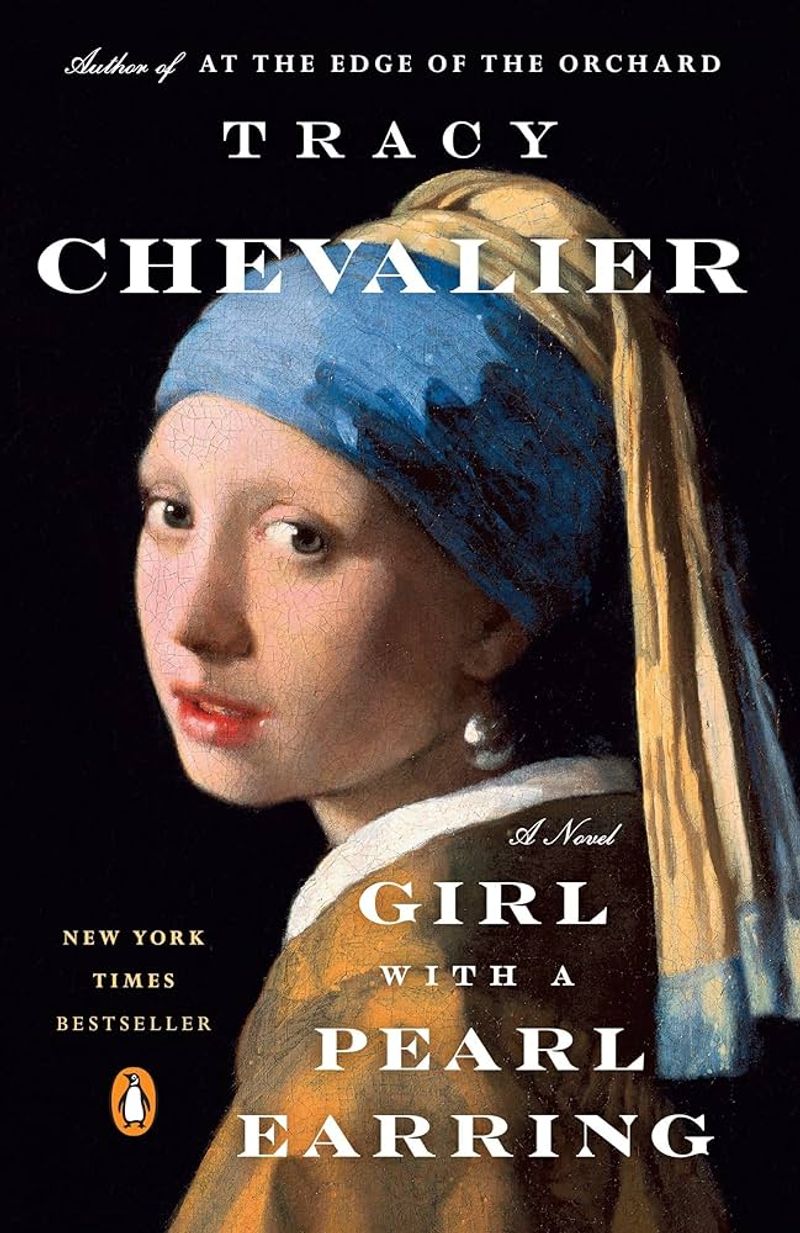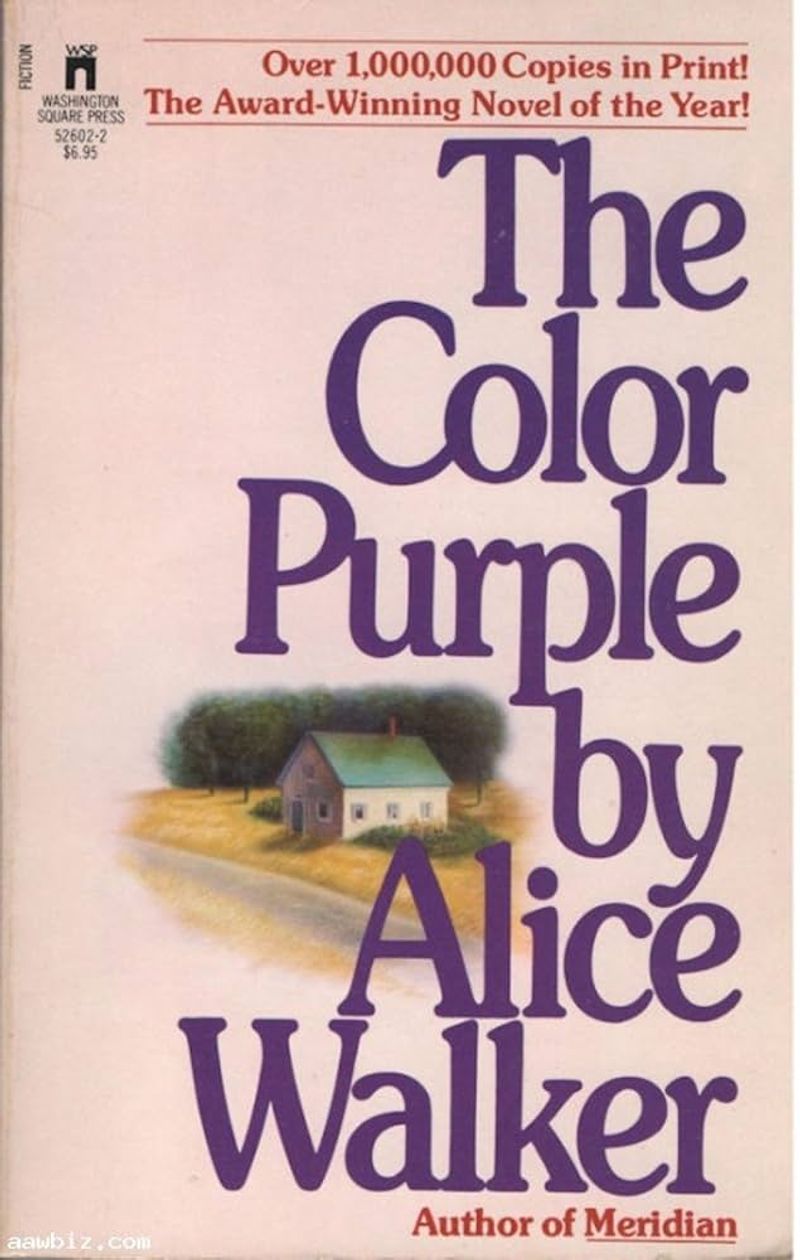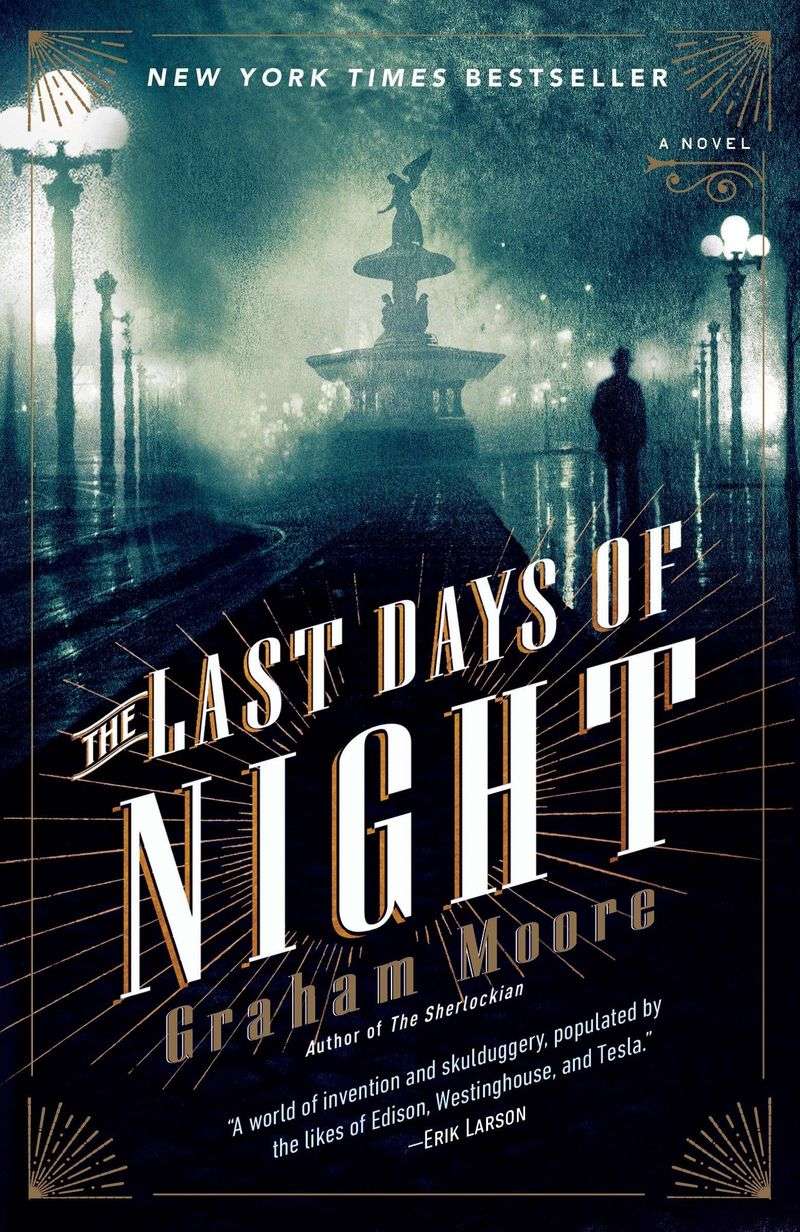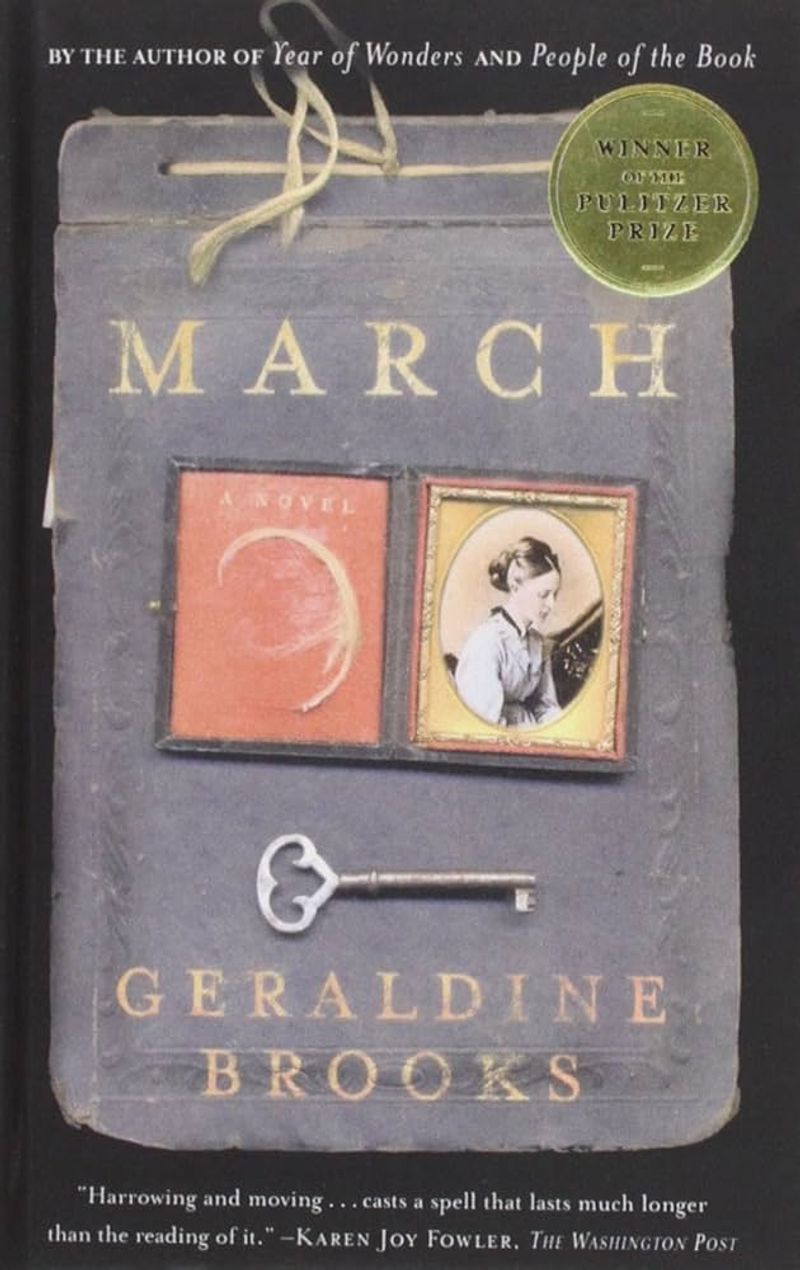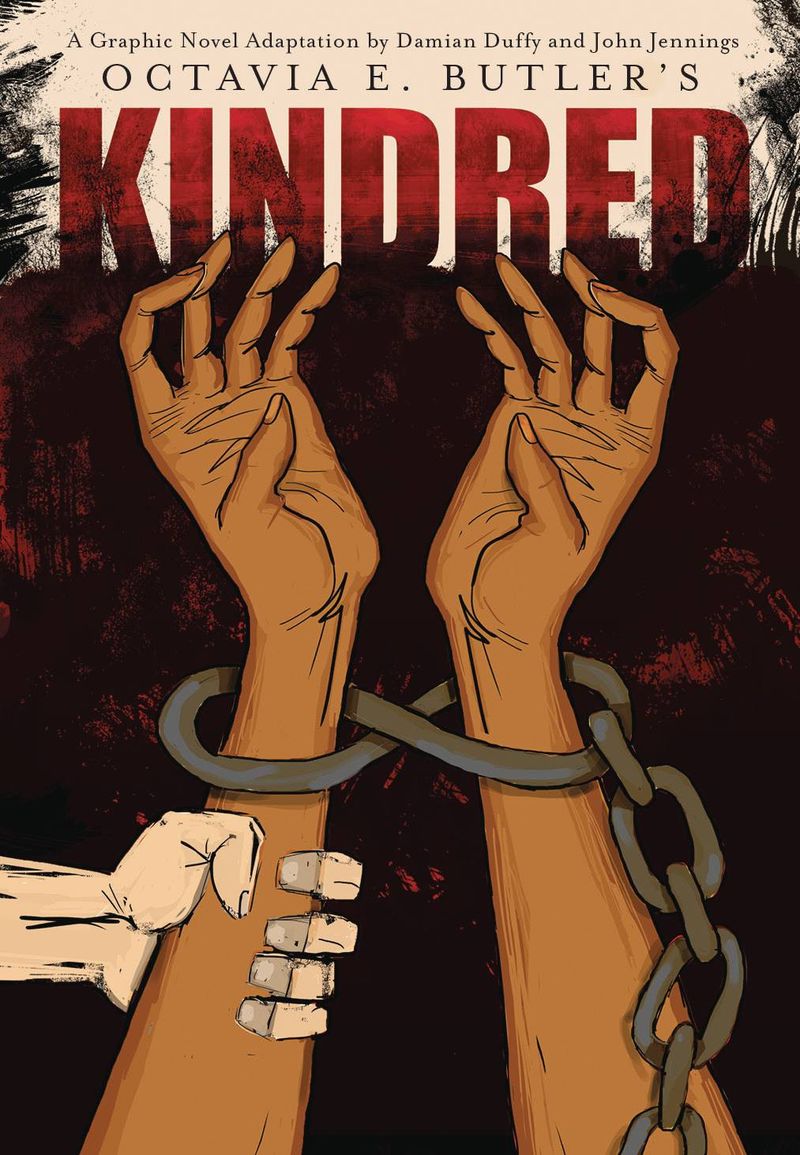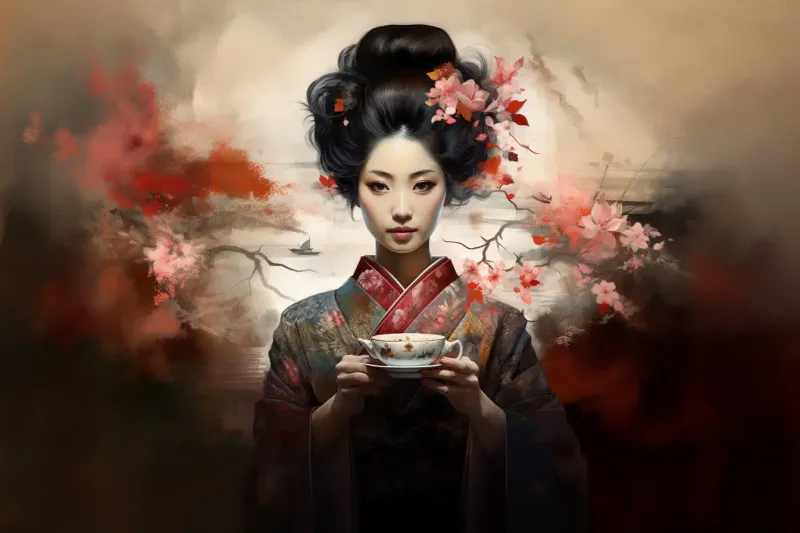History comes alive when skilled authors weave real events into captivating stories. These novels transport us to pivotal moments and introduce us to remarkable individuals who shaped our world. From war-torn Europe to ancient civilizations, each book blends meticulous research with imagination to create unforgettable reading experiences.
1. Wolf Hall by Hilary Mantel
Thomas Cromwell rises from blacksmith’s son to Henry VIII’s most trusted advisor in this masterful reimagining of Tudor England. Mantel’s prose immerses readers in the dangerous political landscape where one wrong move means death. Unlike traditional Tudor narratives centered on royalty, Cromwell emerges as a brilliantly modern mind navigating religious reformation and royal marriages. The novel earned Mantel a Booker Prize and sparked renewed interest in this complex historical figure.
2. All the Light We Cannot See by Anthony Doerr
A blind French girl and a German boy’s paths converge during WWII in this Pulitzer Prize-winning tale. Their parallel journeys—she with the resistance, he reluctantly serving the Reich—highlight humanity’s resilience during history’s darkest chapter. Doerr crafts a luminous narrative around the real Nazi occupation of Saint-Malo, France. The story centers on a legendary cursed diamond and a secret radio broadcast, weaving together themes of blindness, sight, and finding light amid terrible darkness.
3. The Book Thief by Markus Zusak
Narrated by Death himself, this extraordinary tale follows Liesel, a young girl stealing books in Nazi Germany. Her foster family hides a Jewish man in their basement while bombs fall and hunger gnaws. Though Liesel isn’t based on a specific person, Zusak drew inspiration from his parents’ stories of growing up during the Holocaust. The novel captures authentic details of ordinary Germans caught between complicity and resistance—children playing in rubble, neighbors reporting neighbors, and small acts of defiance through forbidden literature.
4. Beloved by Toni Morrison
Haunted by the ghost of her infant daughter, former slave Sethe confronts unspeakable trauma in post-Civil War Ohio. Morrison based this Pulitzer-winning masterpiece on the true story of Margaret Garner, who killed her child rather than see her returned to slavery. The novel explores collective memory and generational wounds through magical realism. Sweet Home plantation’s horrors live alongside supernatural visitations, creating a narrative as disorienting as trauma itself. Morrison’s unflinching examination of slavery’s psychological aftermath remains unparalleled in American literature.
5. The Nightingale by Kristin Hannah
Two French sisters choose different paths of resistance during Nazi occupation. Vianne protects Jewish children while maintaining a facade of cooperation; impulsive Isabelle joins the underground, guiding downed Allied pilots across the Pyrenees. Hannah drew inspiration from Andrée de Jongh, a Belgian woman who established the Comet Line escape network. The novel honors forgotten female resistance fighters who risked everything yet received little recognition after the war. Readers experience the quiet heroism of women who fought with forged papers rather than guns.
6. Alias Grace by Margaret Atwood
Was Grace Marks a cold-blooded killer or an innocent victim? Atwood resurrects this sensational 1843 Canadian murder case through fictional interviews between the imprisoned Grace and a young doctor studying criminal psychology. The real Grace Marks was convicted at 16 of murdering her employer and his housekeeper-mistress. Atwood weaves historical documents with invented dialogue to explore class, gender, and memory in Victorian Canada. Through intricate quilt metaphors, the novel questions whether we can ever truly know another’s mind—or our own.
7. The Tattooist of Auschwitz by Heather Morris
Slovakian Jew Lale Sokolov arrives at Auschwitz in 1942 and receives prisoner number 32407. When guards discover his multilingual abilities, they assign him the horrifying job of tattooing incoming prisoners. Based on Morris’s interviews with the real Sokolov, the novel recounts his improbable romance with Gita, whom he met while tattooing her arm. Their love story unfolds against unimaginable brutality. Controversy surrounds some historical details, but Sokolov’s remarkable survival tale—preserved just before his death—offers rare insight into camp hierarchies.
8. The Underground Railroad by Colson Whitehead
Whitehead transforms the metaphorical Underground Railroad into a literal subterranean railway in this Pulitzer Prize winner. Cora, a young enslaved woman, escapes a Georgia plantation only to discover that freedom is an elusive destination. Each state she traverses represents a different historical facet of American racism. South Carolina’s seemingly benevolent programs mask sinister eugenics experiments. North Carolina has abolished slavery by abolishing Black people altogether. Though fantastical in conception, the novel’s horrors—medical exploitation, lynch mobs, slave catchers—are historically documented.
9. Pachinko by Min Jin Lee
Beginning in 1910 colonial Korea, this sweeping saga follows four generations of a Korean family in Japan. Teenage Sunja’s unplanned pregnancy launches a tale of exile, identity, and survival spanning world wars and Korea’s partition. Lee interviewed countless zainichi (Korean-Japanese) whose experiences mirror her characters’ struggles with discrimination. The novel illuminates a rarely discussed aspect of 20th-century history: how colonized Koreans became permanent outsiders in Japan. Named for the gambling game that employed many Korean immigrants, Pachinko explores how chance and choice shape destinies.
10. The Silence of the Girls by Pat Barker
Homer’s Iliad retold through the eyes of Briseis—once a queen, now Achilles’ concubine. Barker strips away heroic mythology to expose the brutal reality of women captured during the Trojan War. While reimagining classical literature, Barker draws on archaeological evidence of Bronze Age warfare and historical accounts of systematic sexual slavery in ancient conflicts. The novel gives voice to women rendered as prizes and property in the original epic. Through Briseis’ perspective, familiar heroes like Achilles and Patroclus appear disturbingly human—capable of both tenderness and terrifying violence.
11. The Pillars of the Earth by Ken Follett
A monk’s dream of building England’s greatest cathedral drives this epic set against the 12th-century civil war known as The Anarchy. Follett blends fictional characters with historical figures like Henry I and Thomas Becket to create a vivid medieval tapestry. Inspired by actual cathedrals and their mysterious builders, the novel explores how Gothic architecture revolutionized construction. Detailed descriptions of flying buttresses and ribbed vaults illuminate medieval engineering marvels. The fictional Kingsbridge Cathedral embodies the astonishing ambition of real medieval builders who worked knowing they’d never see completion.
12. Hamnet by Maggie O’Farrell
Shakespeare’s name never appears in this luminous novel about the death that may have inspired his greatest tragedy. Instead, O’Farrell focuses on Agnes (Anne) Hathaway, whose folk healing and fierce maternal love anchor the family as plague strikes their son Hamnet. Historical records confirm Shakespeare’s 11-year-old son died in 1596; Hamlet was written approximately four years later. O’Farrell imagines the grief behind the masterpiece. The novel’s stunning plague sequence traces a flea’s journey from Alexandria to Stratford—a historically accurate portrayal of how bubonic plague spread across continents.
13. The Nickel Boys by Colson Whitehead
Idealistic Elwood Curtis is sentenced to a brutal reform school in Jim Crow-era Florida. His friendship with cynical Turner creates the novel’s moral center as they navigate an institution where boys disappear and unmarked graves multiply. Whitehead based the fictional Nickel Academy on Florida’s real Dozier School, where archaeological excavations uncovered dozens of unaccounted-for bodies. Survivors’ testimonies informed the novel’s unflinching depiction of systematic abuse. Through precise, restrained prose, Whitehead shows how American racism destroyed countless promising young lives.
14. The Things They Carried by Tim O’Brien
“This is a true story,” O’Brien writes repeatedly, though he blurs fact and fiction in this landmark Vietnam War novel. Drawing from his own service with Alpha Company, O’Brien creates composite characters carrying both physical equipment and psychological burdens. The novel’s innovative structure—interconnected stories questioning memory and truth-telling—mirrors the fragmented experience of combat. O’Brien’s meta-fictional approach acknowledges that war stories are always partly invention. His repeated phrase “story-truth is sometimes truer than happening-truth” captures how fiction can convey emotional realities conventional history misses.
15. Girl with a Pearl Earring by Tracy Chevalier
Vermeer’s famous painting springs to life through the imagined story of Griet, a modest servant drawn into the artist’s world. Chevalier researched 17th-century Dutch domestic life extensively, from household tasks to rigid social hierarchies. While the painting’s subject remains historically unknown, Chevalier creates a psychologically nuanced relationship between artist and model. The novel explores class boundaries, artistic process, and forbidden attraction in Calvinist Delft. Historical details—grinding pigments, camera obscura techniques, guild regulations—recreate Vermeer’s artistic environment with sensory precision.
16. The Color Purple by Alice Walker
Celie’s letters to God and her long-lost sister chronicle her journey from abuse to independence in early 20th-century Georgia. Walker drew inspiration from her own grandmother’s stories and historical accounts of Black women’s experiences under Jim Crow segregation. Though fictional, the novel authentically portrays sharecropping economics, racial violence, and the Great Migration. Walker’s depiction of Celie’s spiritual evolution—from passive acceptance to self-determination—reflects real theological shifts in Black communities. The novel’s celebration of female solidarity through quilting circles and shared labor has historical roots in African American traditions.
17. The Last Days of Night by Graham Moore
The electrification of America becomes a high-stakes legal thriller in this novel about the real “War of the Currents.” Young lawyer Paul Cravath represents George Westinghouse against Thomas Edison in a billion-dollar patent battle that will determine which electrical system powers the future. Moore meticulously researched this forgotten lawsuit that shaped modern technology. While compressing the timeline for dramatic effect, he accurately portrays Edison’s ruthless business tactics, including public electrocutions of animals to discredit Westinghouse’s alternating current. Nikola Tesla emerges as the narrative’s tragic genius.
18. March by Geraldine Brooks
What happened to the absent father from Little Women? Brooks imagines Mr. March as an idealistic chaplain confronting war’s moral complexities during his Civil War service. His principles crumble facing slavery’s horrors and his own complicity. Brooks based March partly on Louisa May Alcott’s father, transcendentalist Bronson Alcott. Historical research into Union chaplains and abolitionist movements grounds the narrative in authentic period detail. The novel explores the gap between Northern idealism and Southern realities, questioning whether moral purity can survive violent conflict.
19. The Leopard by Giuseppe Tomasi di Lampedusa
Sicily’s tumultuous transition from feudalism to modern Italy unfolds through the eyes of an aristocratic family watching their world disappear. Prince Fabrizio di Salina—based on the author’s great-grandfather—embodies a dying social order as Garibaldi’s revolutionary “Redshirts” arrive in 1860. Lampedusa’s only novel captures a pivotal historical moment with melancholy beauty. The famous ballroom scene, where old nobility mingles uneasily with the rising bourgeoisie, symbolizes Italy’s incomplete revolution. Written by Sicily’s last prince, the novel offers an insider’s view of aristocratic decline.
20. Kindred by Octavia Butler
Modern African American woman Dana is inexplicably pulled back to antebellum Maryland whenever her white ancestor Rufus faces death. With each time-travel episode, she stays longer in the past, experiencing slavery’s brutal reality firsthand. Butler researched slave narratives and plantation records extensively to create an historically accurate portrayal of everyday plantation life. Through Dana’s modern perspective, readers confront slavery’s psychological and physical violence without the distancing effect of traditional historical fiction. The novel explores how contemporary Black identity remains shaped by this unresolved past.
21. Memoirs of a Geisha by Arthur Golden
Sold to a geisha house as a child in 1929, Chiyo transforms into the renowned geisha Sayuri, navigating the complex social hierarchies of Kyoto’s Gion district. Her story spans Japan’s tumultuous mid-century—from pre-war prosperity through occupation. Golden based his novel on extensive interviews with former geisha Mineko Iwasaki. The controversial publication led to Iwasaki’s own memoir correcting some portrayals. Despite debates about cultural authenticity, the novel accurately depicts mizuage bidding rituals, dance training, and the economic realities that drove rural girls into the geisha profession.
